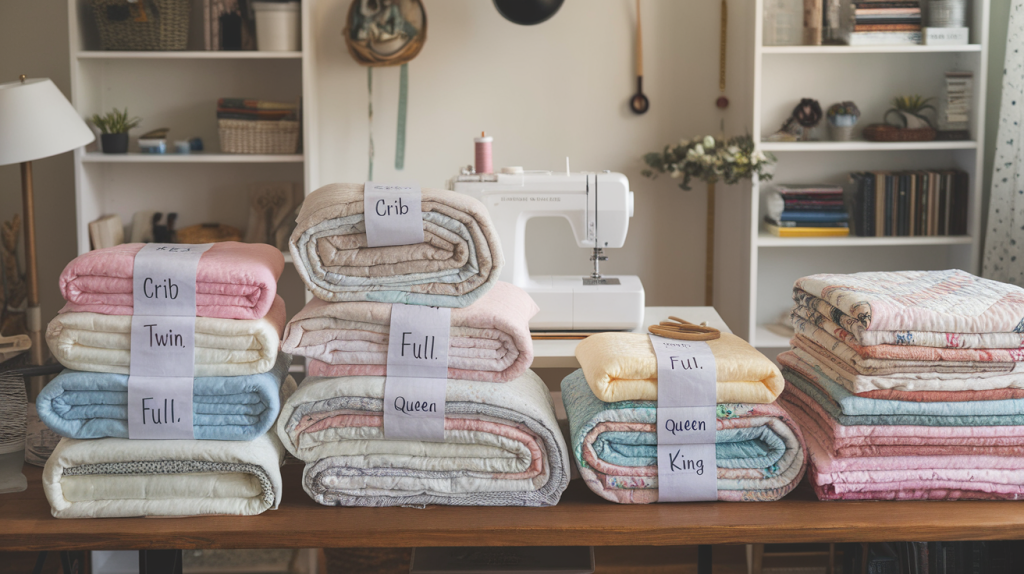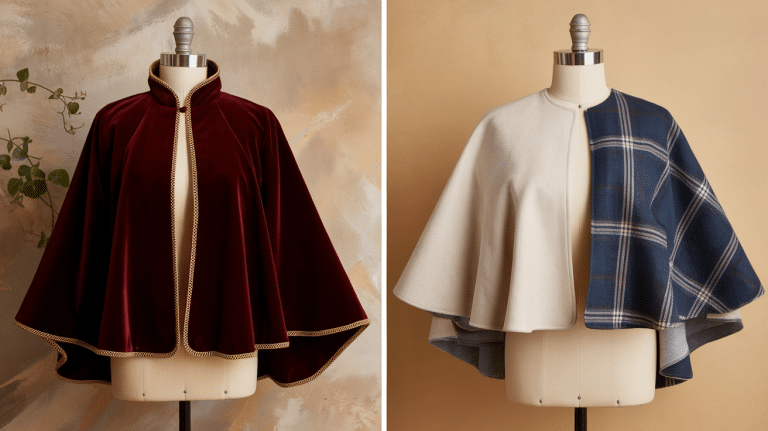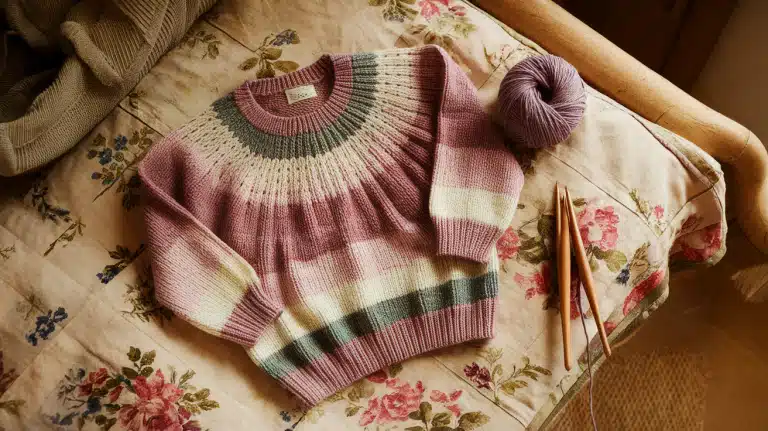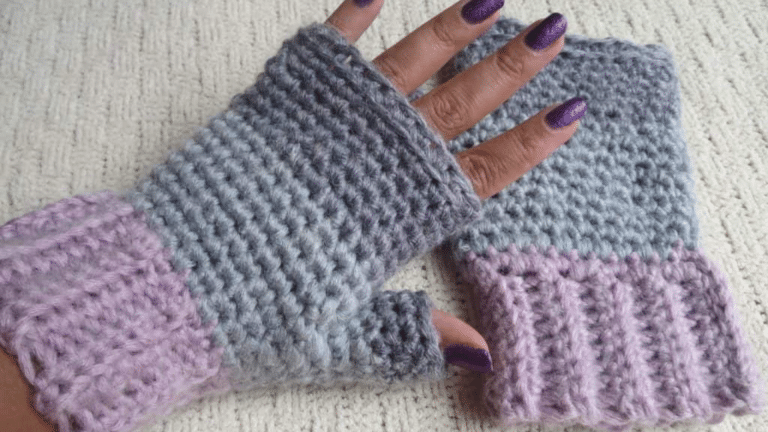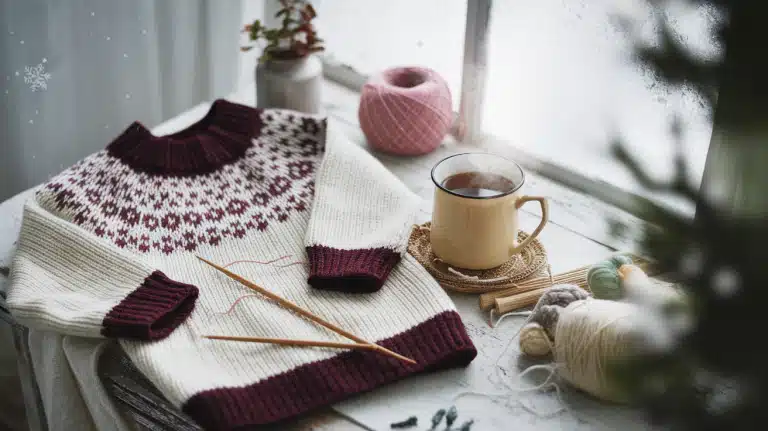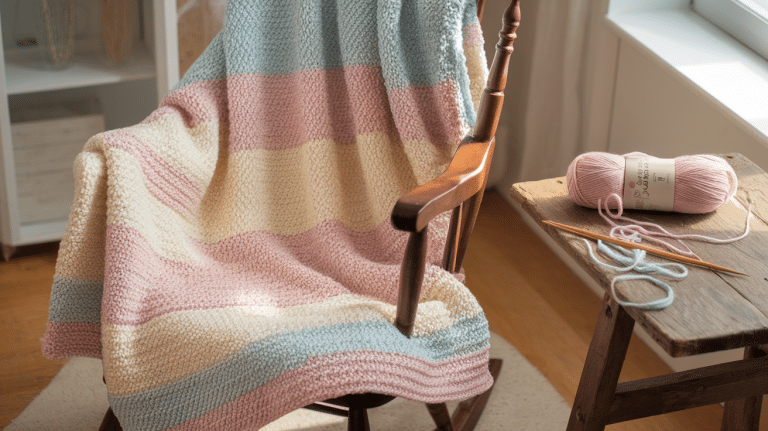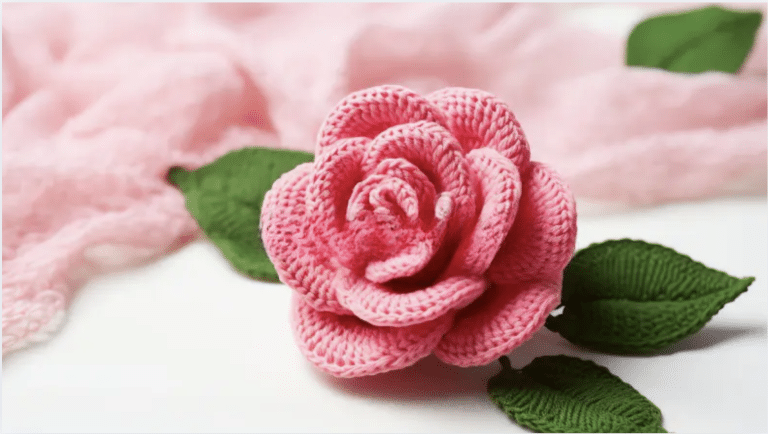For me, choosing the right quilt batting size is just as important as picking the right fabrics or patterns.
Batting gives my quilts the warmth, weight, and structure they need; without it, they’d feel flat and lifeless.
But I’ll admit, with so many options, figuring out which size to use can feel a little overwhelming.
Whether I’m making a small baby quilt or a big king-sized bedspread, I always turn to a clear guide to help me choose the right size.
In this post, I’ll share everything I’ve learned about quilt batting sizes, including standard dimensions, the best uses for each one, and some specific tips I use when working with Warm and Natural cotton batting.
What Is Quilt Batting?
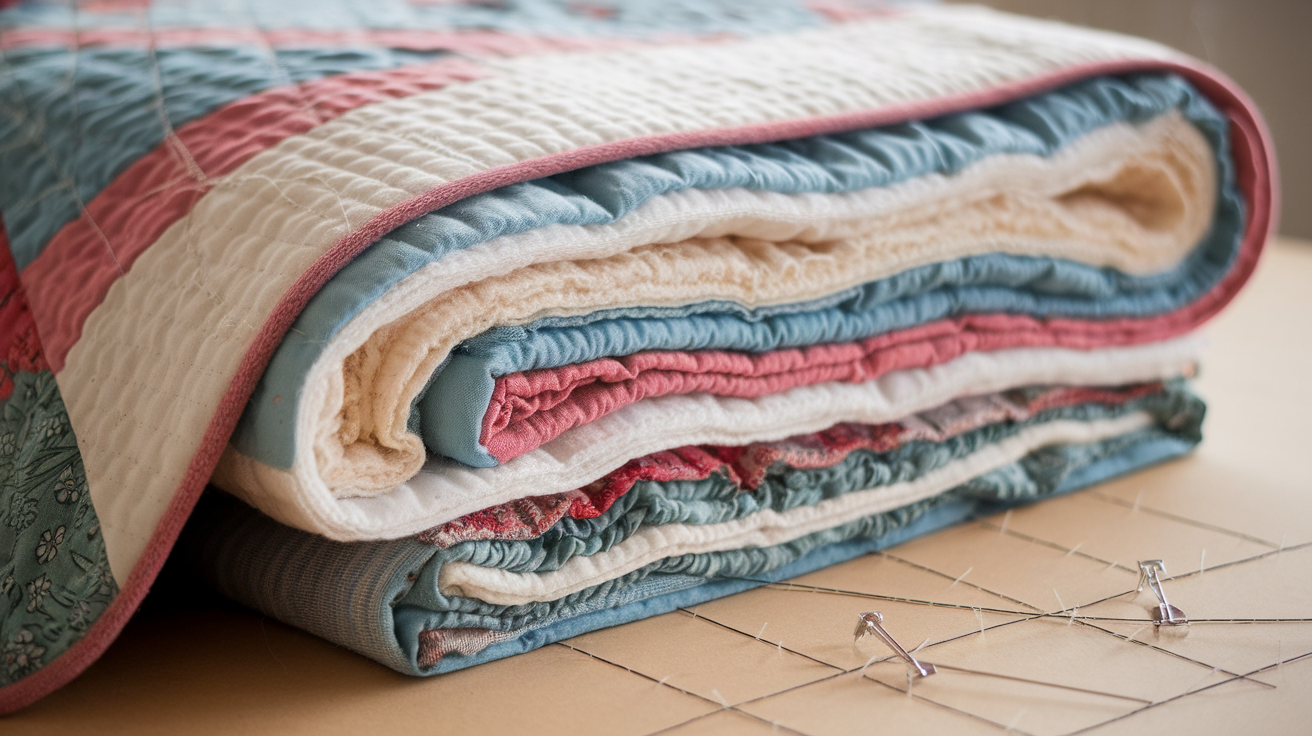
Quilt batting is the layer of material placed between the quilt top and backing. It provides insulation, softness, and loft (thickness).
Batting is made from various fibers, including cotton, polyester, wool, bamboo, or blends, and is sold in different sizes and thicknesses to suit different projects.
The size of batting you choose must match your quilt top and backing, with enough excess around the edges to accommodate shifting during quilting.
Understanding Quilt Batting Sizes
Batting is sold in standard sizes to match common bed sizes. It’s usually a few inches larger than the corresponding mattress to allow for coverage and trimming.
Let’s go over the most common sizes and how to use them.
Crib Size Batting
- Dimensions: 45″ x 60″
- Best For: Baby quilts, small throws, or wall hangings
Crib-sized batting is perfect for baby quilts or small projects. It provides ample coverage for a standard crib mattress and can even be used for lap blankets.
Twin Size Batting
- Dimensions: 72″ x 90″
- Best For: Twin beds, youth quilts, dorm bedding
Twin-sized batting is ideal for single-bed quilts or projects with a narrow width. Due to its manageable size, it’s a common choice for beginner quilts.
Full-Size Batting
- Dimensions: 81″ x 96″
- Best For: Full or double beds
Full-size batting offers enough coverage for wider beds. It’s often used for guest room quilts or medium-sized throws.
Queen Size Batting
- Dimensions: 90″ x 108″
- Best For: Queen-size beds with modest overhang
This is one of the most popular batting sizes. It works well for full-coverage quilts on queen beds and offers just enough drape for a finished look.
King Size Batting
- Dimensions: 120″ x 120″
- Best For: King beds, oversized quilts, cutting down for multiple smaller projects
King-size batting is ideal for extra-large quilts. It provides enough overhang for thick mattresses and deep sides, especially if you prefer a generous drape.
Quilt Batting Size Chart
| Batting Size | Dimensions (inches) | Best Use |
|---|---|---|
| Crib | 45″ x 60″ | Baby quilts, small projects |
| Twin | 72″ x 90″ | Youth quilts, twin beds |
| Full | 81″ x 96″ | Full-size quilts |
| Queen | 90″ x 108″ | Queen bed quilts |
| King | 120″ x 120″ | King bed quilts, cutting down |
Always measure your quilt top before purchasing batting, and allow for at least 2–4 extra inches on each side for shifting during quilting and trimming during binding.
Warm and Natural Cotton Batting Sizes
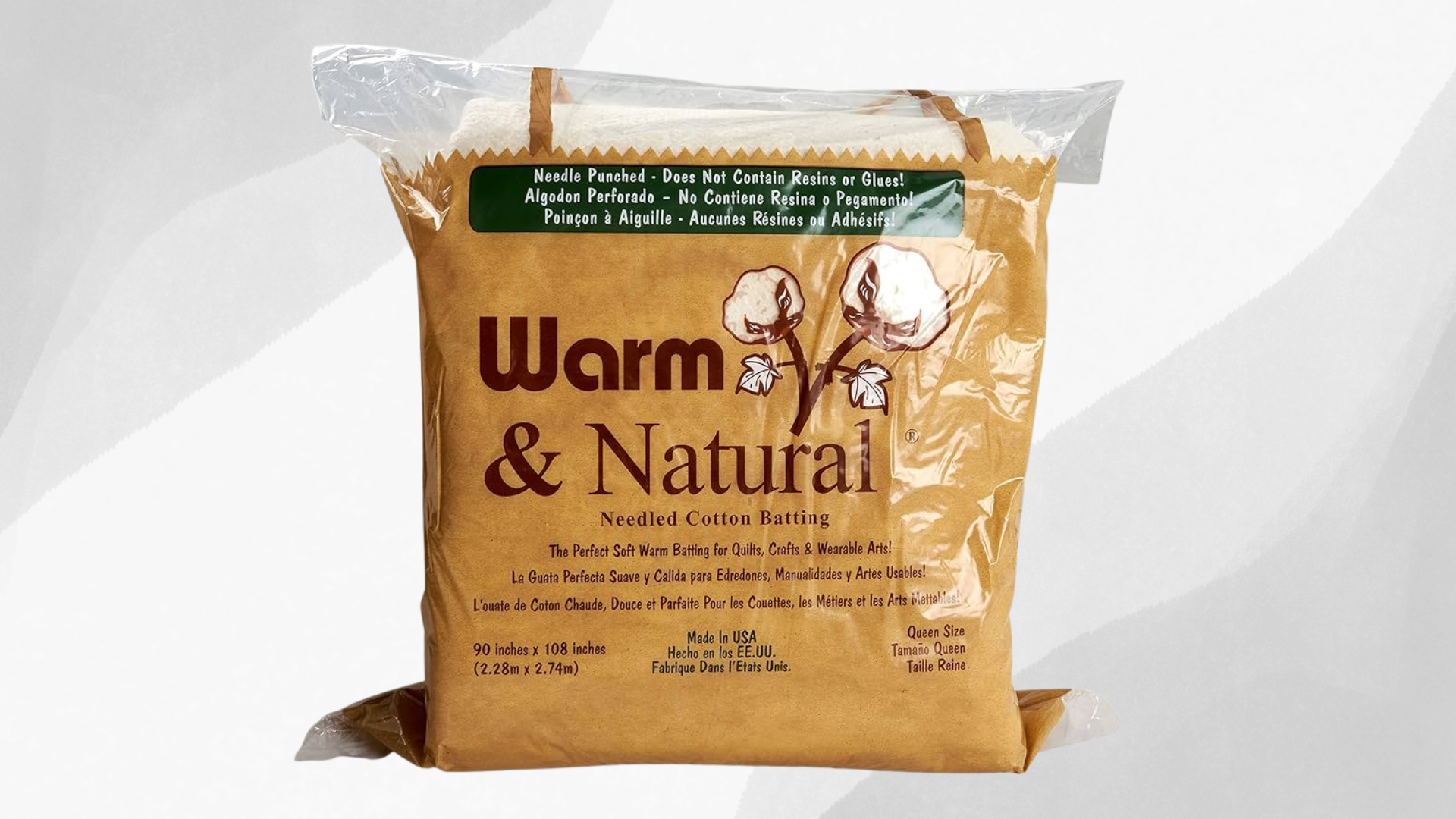
Warm & Natural is a highly respected brand among quilters. Its batting is made from 100% natural cotton (with a small percentage of polyester scrim for strength), which makes it durable, breathable, and easy to work with.
A breakdown of their standard sizes:
Warm and Natural Crib Size
- Dimensions: 45″ x 60″
- Soft and safe for baby skin
- Available in rolls or pre-packaged
- Perfect for baby quilts or table runners
Warm and Natural Twin Size
- Dimensions: 72″ x 90″
- Great for single bed quilts
- Machine washable and pre-shrunk
- Provides even coverage and easy handling
Warm and Natural Queen Size
- Dimensions: 90″ x 108″
- Designed for queen bed quilts
- Can be used for wall hangings or throws
- Supports quilting up to 10″ apart
Warm and Natural King Size
- Dimensions: 120″ x 120″
- Offers the most flexibility
- Can be trimmed to create multiple smaller projects
- Excellent for large bed quilts or oversized lap quilts
Warm & Natural batting offers a low loft and minimal shrinkage (about 3%), making it ideal for projects where consistency matters.
It also retains its shape well through machine washing and drying.
Tips for Working with Batting
These simple tips help prevent bunching and keep your work smooth:
1. Prewashing: Most batting doesn’t require prewashing, but if you’re using 100% cotton and want to avoid shrinkage, you may wash it gently and lay it flat to dry. Follow the manufacturer’s instructions.
2. Add Extra Inches: Always buy a slightly larger batting size than your quilt top. A good rule is to leave 2–4 inches of excess batting on each side to allow for movement during quilting.
3. Layer and Baste Carefully: Make sure the batting is centered evenly between the quilt top and backing. Use safety pins or basting spray to hold everything in place.
4. Trim After Quilting: Wait to trim the batting until after quilting is complete. This ensures the edges stay aligned during sewing.
Choosing the Right Batting for Your Project
Your choice depends on several factors:
- Quilt Purpose: Baby quilts need soft, washable batting. Wall hangings may benefit from stiffer batting.
- Warmth: Cotton offers breathability. Polyester is warmer and loftier.
- Loft: Low-loft batting creates a flatter finish. High-loft gives a puffier texture.
- Distance Between Quilting Lines: Check if the batting supports your design—some require quilting lines closer together.
Customizing Quilt Batting
Sometimes standard sizes don’t match your project. In that case:
- Buy batting by the yard: Available at fabric stores.
- Cut larger sizes down: King-size batting can be split into two or more pieces for smaller projects.
- Join batting pieces: If you need extra width, use a zigzag stitch on your sewing machine to join pieces of batting together.
Storing Batting Properly
- Keep batting in its original packaging if possible.
- Store in a dry, cool place to avoid mildew or yellowing.
- Fold or roll batting loosely to prevent creases and preserve texture.
Conclusion
Quilt batting plays a vital role in your finished quilt’s warmth, weight, and appearance.
Understanding standard sizes, from crib to king, helps you select the best fit for your project and avoid running short mid-quilt.
Whether you’re making a baby blanket, crafting your first throw, or creating a king-sized masterpiece, choosing the right batting size can make all the difference.
Use the sizing chart and recommendations above to match your batting perfectly to your quilt top, and consider Warm & Natural cotton batting for its reliability, quality, and versatility.
By planning ahead and learning how batting sizes work, you’ll set yourself up for quilting success, stitch by stitch.


